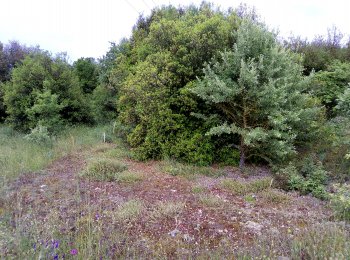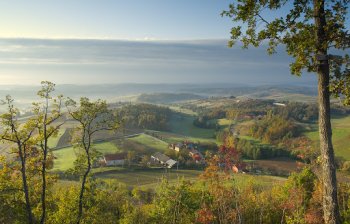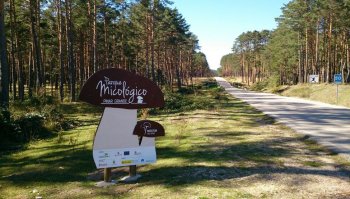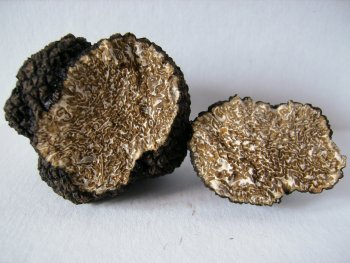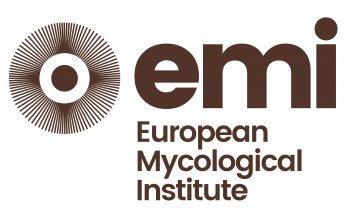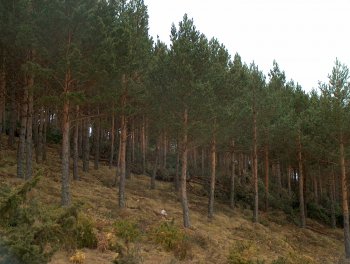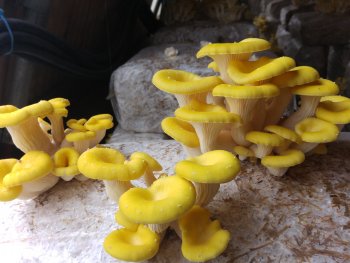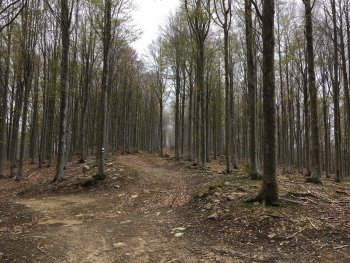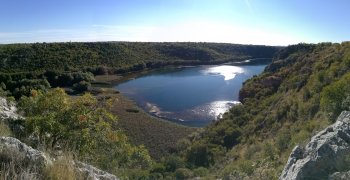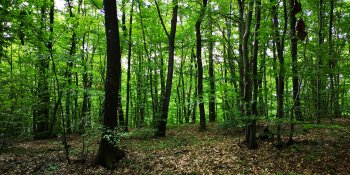Amycoforest : Developing mycosylviculture
The main purpose of the project is the development of sylviculture combining wood and fungal production. It also consists in developing, testing and popularizing technical itineraries that conciliate these two issues. In addition, there is the need to understand and analyze the mushroom value chain, and to determine the possible ways to organize collection and marketing of these products.


